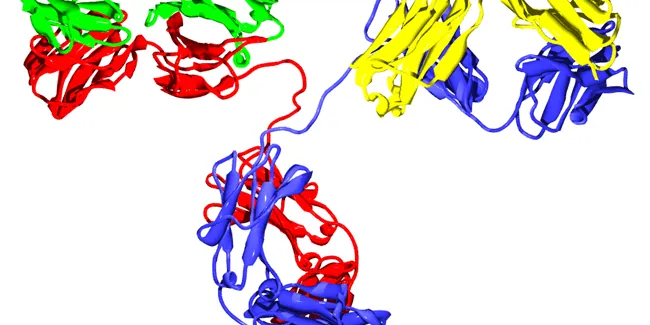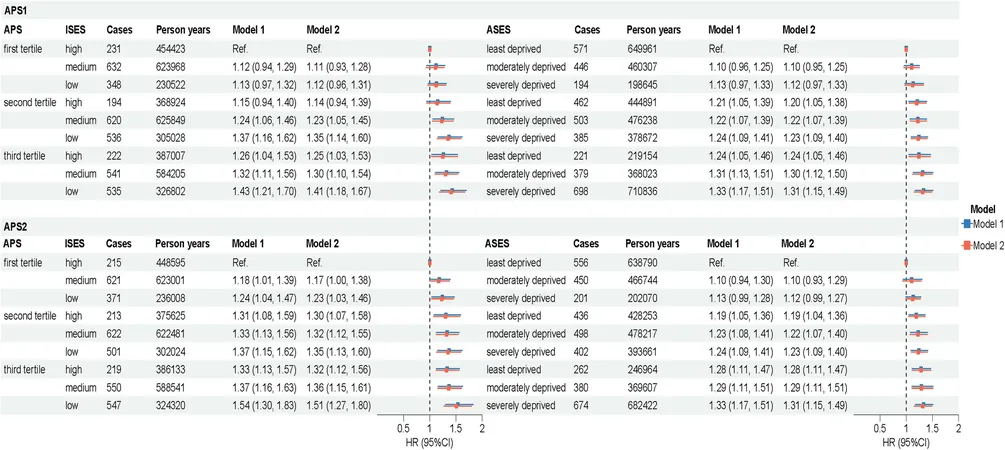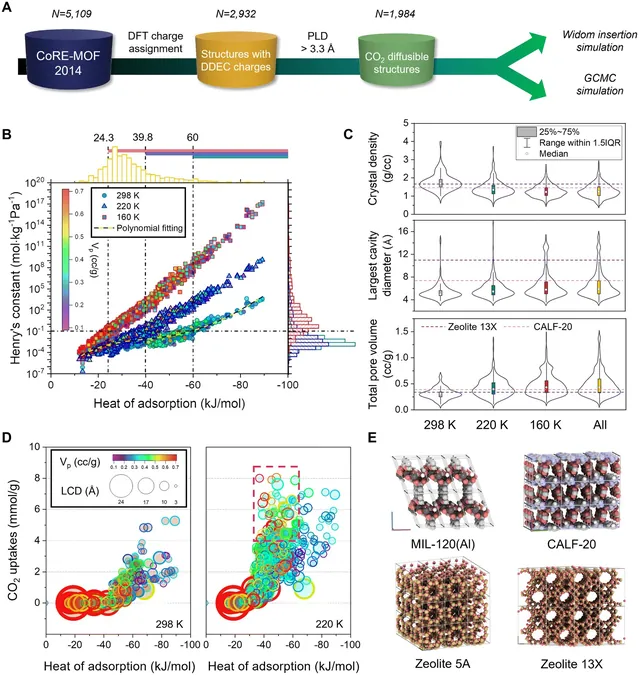
Groundbreaking Discovery Reveals the 3D Structure of the Famous Ring Nebula!
2025-01-15
Author: John Tan
An Exciting International Collaboration
An exciting international collaboration among scientists has unveiled the most definitive three-dimensional representation of the renowned Ring Nebula, a staple of nighttime astronomy and a favorite subject for stargazers around the world.
Historical Context and New Insights
Historically, the Ring Nebula has been one of the most photographed celestial objects, with its first image captured back in 1886. However, debates surrounding its true structure have persisted for decades. New insights drawn from advanced radio-wavelength mapping techniques by the Submillimeter Array (SMA) have finally resolved these controversies, concluding that the nebula has a unique ellipsoidal shape.
Mapping Emissions and Complex Structures
By meticulously mapping the emissions from carbon monoxide gas, researchers gained valuable observations into the complex structure of the nebula. The distribution of CO emissions highlights cold molecular areas that coalesce with the hotter gas and dust captured in stunning visuals from the Hubble Space Telescope (HST) and the cutting-edge James Webb Space Telescope (JWST).
Key Collaborating Institutions
Involved in this transformative research are leading institutions, including Rochester Institute of Technology, the Center for Astrophysics at Harvard & Smithsonian, Macquarie University, the Jet Propulsion Laboratory, and the National Radio Astronomy Observatory, alongside Professor Albert Zijlstra from The University of Manchester.
Statements from Researchers
Professor Joel Kastner from Rochester Institute of Technology remarked, "The data showed a clear ellipsoidal shape, allowing us to create a straightforward geometrical model. This revelation enhances our understanding of the nebula’s structure." In contrast to earlier theories suggesting a simple ring or soap-bubble shape, the findings indicate a more complex form.
Insights on Gas Dynamics and Nebula Structure
The SMA results not only validated the elliptical structure but also offered insight into the dynamic nature of the carbon monoxide molecules expelled by the nebula's parent star, obscured in traditional telescope imagery. The research highlights that approximately 6,000 years ago, the star, in its red giant phase, expelled the gaseous material that now constitutes the nebula. Additionally, high-velocity blobs of gas detected at either end of the ellipsoidal shell suggest that a companion star may be exerting influence on the nebula’s evolution.
Clarifying Misunderstandings
Professor Zijlstra elaborated, "While the Ring Nebula is easily recognized in the night sky, grasping its actual structure has posed significant challenges. The apparent ring shape can be misleading. Our new data provides a clearer picture—imagine a slightly distorted barrel with an expansive bubble emerging from both the top and bottom. This ability to differentiate between various velocities is groundbreaking."
Implications for Cosmic Carbon
With these exciting findings following Kastner's successful investigation of the Southern Ring Nebula—one of JWST's first targets—scientists are now equipped with novel techniques to discern the 3D architecture of such celestial wonders. Kastner concluded, "Stars that form planetary nebulae like the Ring and Southern Ring are likely responsible for producing much of the carbon in the universe. By observing these spectacular objects, we can track this vital element on its journey to becoming part of the next generation of stars and planets."
A Leap Forward in Astronomy
The collaboration signifies a monumental leap forward in understanding astronomical structures and processes, drawing us closer to unraveling the mysteries of our universe! Prepare for a fascinating journey through the cosmos as researchers continue to explore the remnants of dying stars. What other secrets await discovery in the depths of space? Stay tuned!




 Brasil (PT)
Brasil (PT)
 Canada (EN)
Canada (EN)
 Chile (ES)
Chile (ES)
 Česko (CS)
Česko (CS)
 대한민국 (KO)
대한민국 (KO)
 España (ES)
España (ES)
 France (FR)
France (FR)
 Hong Kong (EN)
Hong Kong (EN)
 Italia (IT)
Italia (IT)
 日本 (JA)
日本 (JA)
 Magyarország (HU)
Magyarország (HU)
 Norge (NO)
Norge (NO)
 Polska (PL)
Polska (PL)
 Schweiz (DE)
Schweiz (DE)
 Singapore (EN)
Singapore (EN)
 Sverige (SV)
Sverige (SV)
 Suomi (FI)
Suomi (FI)
 Türkiye (TR)
Türkiye (TR)
 الإمارات العربية المتحدة (AR)
الإمارات العربية المتحدة (AR)